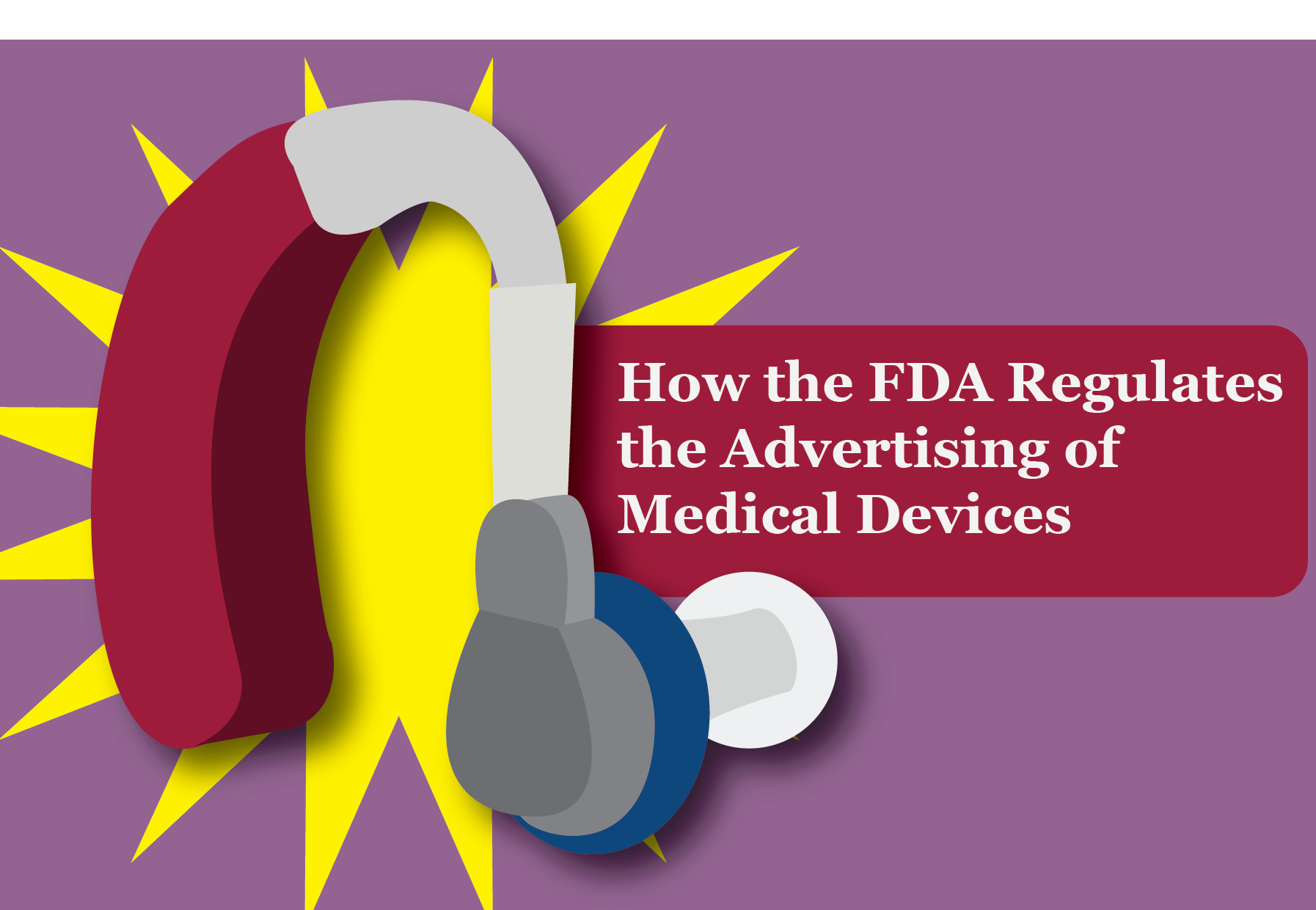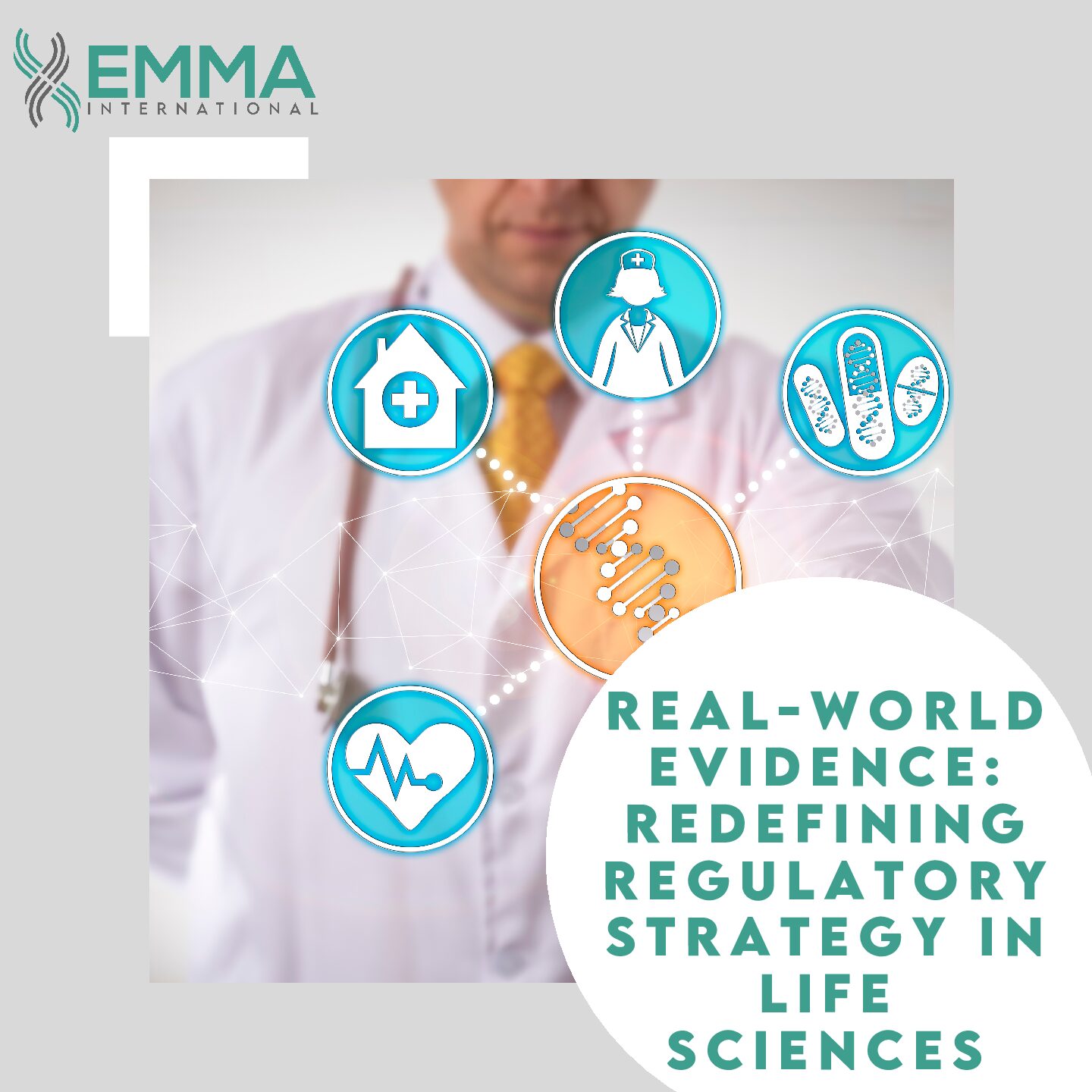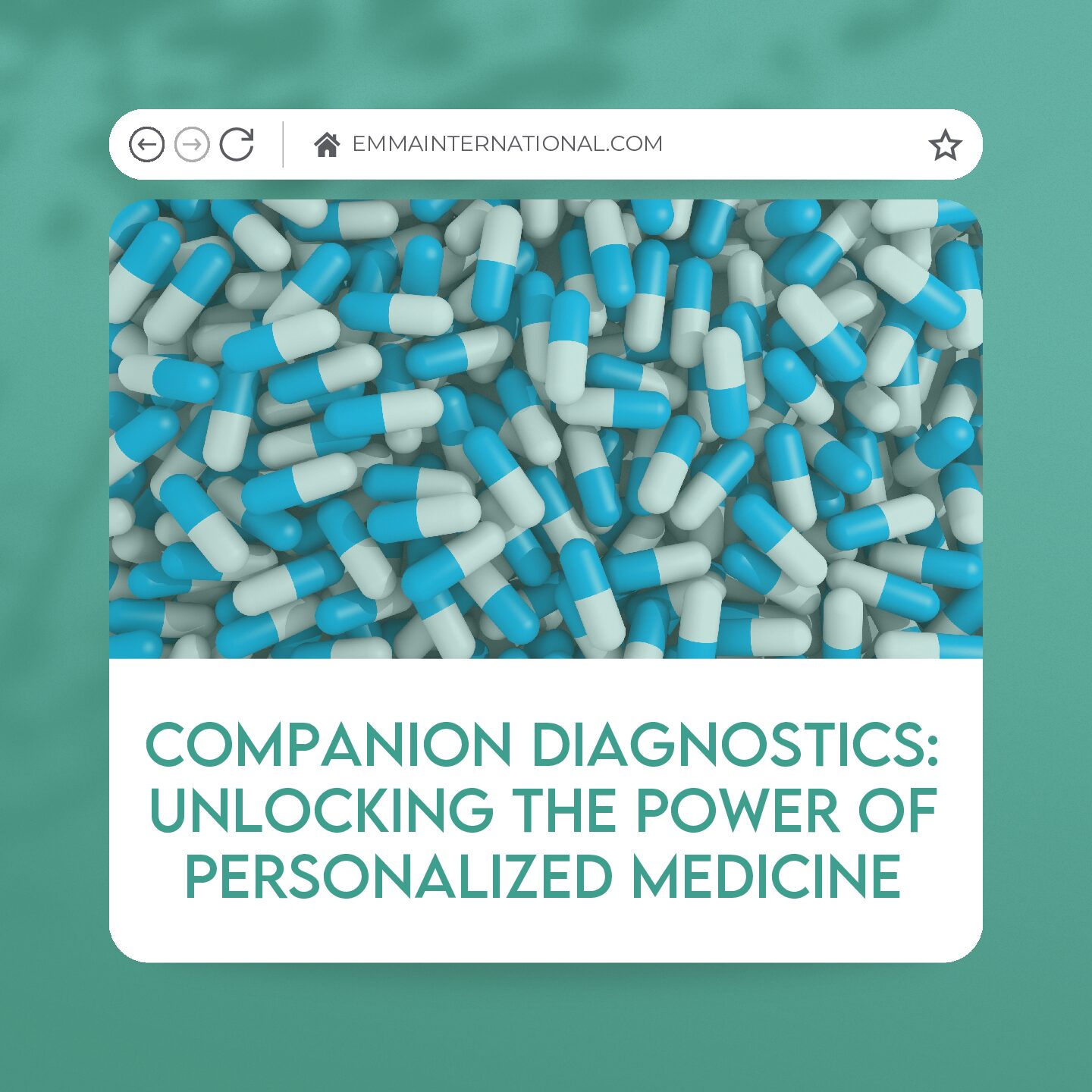FDA regulates the labeling and advertising of all pharmaceutical products; however, it regulates the labeling of all medical devices and the advertising of only restricted devices.
Currently, only two types of class I & class II devices fall under the restricted devices category. One is hearing aids and the other is Analyte Specific Reagents (ASRs). FDA may designate the restricted device category for devices that are approved via the PMA route. Thus, most of the class III devices are restricted, while no class I or class II devices are restricted except for the hearing aids and ASRs.1
FDA, however, does have the authority to regulate the advertising of the non-restricted devices related to its intended use. FDA issued several draft guidance documents in the past but has not made any of them a final rule until now. The said draft guidance documents are:
- Internet/Social Media Platforms with Character Space Limitations— Presenting Risk and Benefit Information for Prescription Drugs and Medical Devices2
- Internet/Social Media Platforms: Correcting Independent Third-Party Misinformation About Prescription Drugs and Medical Devices3
- Presenting Risk Information in Prescription Drug and Medical Device Promotion4
The first guidance is about how to communicate the risk information about the device/drug on media sites that have character space limitations such as twitter, which has a limit of about 280 characters.
The second guidance document applies to information published by third parties on the social media/internet regardless of that information being presented on the company’s own internet platforms or third-party platforms.
The third guidance document describes how the FDA evaluates the promotional pieces of prescription drugs and medical devices for the disclosure of the risk information to ensure that the benefits and the risks are accurate and not misleading.
The recommendations in these guidance documents apply to the promotional materials directed to the consumers, as well as healthcare professionals. However, these draft guidance documents have not become a final rule.
1Hyman, Phelps & McNamara (2014) What Legal Authority Does FDA Have to Regulate Medical Device Promotion on Internet Social Media Platforms? Retrieved on 07/24/2019 from http://www.fdalawblog.net/2014/09/what-legal-authority-does-fda-have-to-regulate-medical-device-promotion-on-internet-social-media-pla/
2FDA (June 2014) Guidance for Industry Internet/Social Media Platforms with Character Space Limitations—Presenting Risk and Benefit Information for Prescription Drugs and Medical Devices retrieved on 07/24/2019 fromhttps://www.fda.gov/media/88551/download
3FDA (June 2014) Guidance for Industry Internet/Social Media Platforms: Correcting Independent Third-Party Misinformation About Prescription Drugs and Medical Devices retrieved on 07/24/2019 from https://www.fda.gov/media/88545/download
4FDA (May 2009) Guidance for Industry Presenting Risk Information in Prescription Drug and Medical Device Promotion retrieved on 07/24/2019 from https://www.fda.gov/media/76269/download






